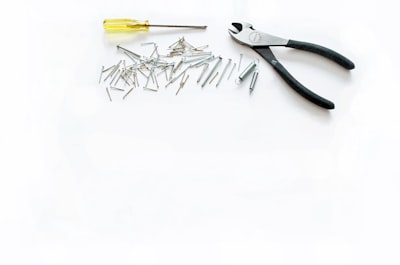Details matter. When an accident occurs at your home, document the event thoroughly. The information you gather immediately can help home insurers to know what happened. Your Ten Eyck Group agent can help you. Still, the more information you provide, the better in most cases. What do you need to do to gather evidence? 
What Happened And What Evidence Is There?
Home insurance coverage applies when there is an accidental, unintentional, and unavoidable incident at home. However, you still need to prove to the agent what happened. This is not always easy to do. When something occurs, take a moment to gather the details. Here are a few helpful tips.
- Always obtain any medical help immediately if necessary. Do not put this off.
- When necessary, ensure everyone is out of the way of danger. This means clearing the.
- Use your phone to capture pictures of the event or result. Do not clean anything up yet.
- Gather information about the events leading up to the accident. Who was where? How did this happen?
- Submit all of this and any other information to your home insurance agent.
Documenting what happens at your home is important. Let’s say a plumber comes to the home. The plumber is making repairs to your toilet. The plumber falls, hits their head, and needs medical care. In this case, your first step is to provide that medical care. Then, gather data about what happened. If the plumber has health insurance coverage, that coverage may pay for the loss. Your home's liability insurance may be responsible otherwise.
Your insurer needs to know what happened. Did the plumber cause the accident? Did the homeowner have responsibility in this case? This information helps to show liability and risk. It can help to determine who is financially responsible. Taking pictures and amassing accurate information about what happened is essential. The best time to gather this information is immediately after the event.
For any large-scale event, such as a fire, call your agent right away. The agent will send a claims adjuster to inspect the damage. This is critical. You do not want to clean up anything until this happens. You want the adjuster to see the untarnished scene. You have coverage for a reason.
In these events, you want the financial protection you are paying for to help you to recover from the loss. Therefore, fully displaying it will help your insurer get a better idea of what help you need.